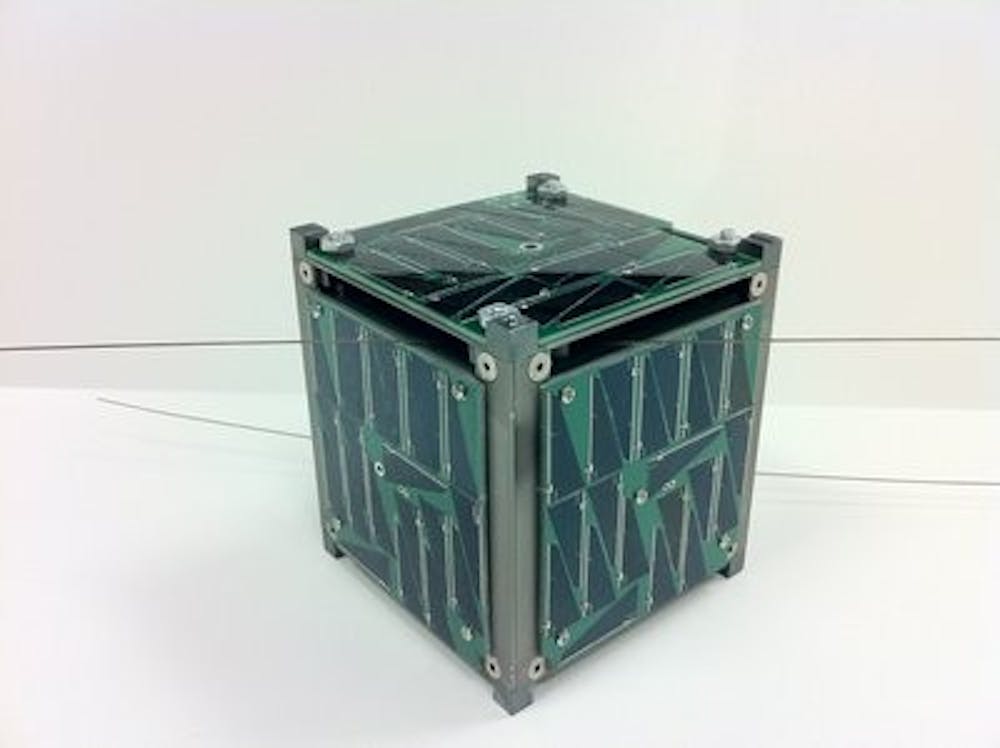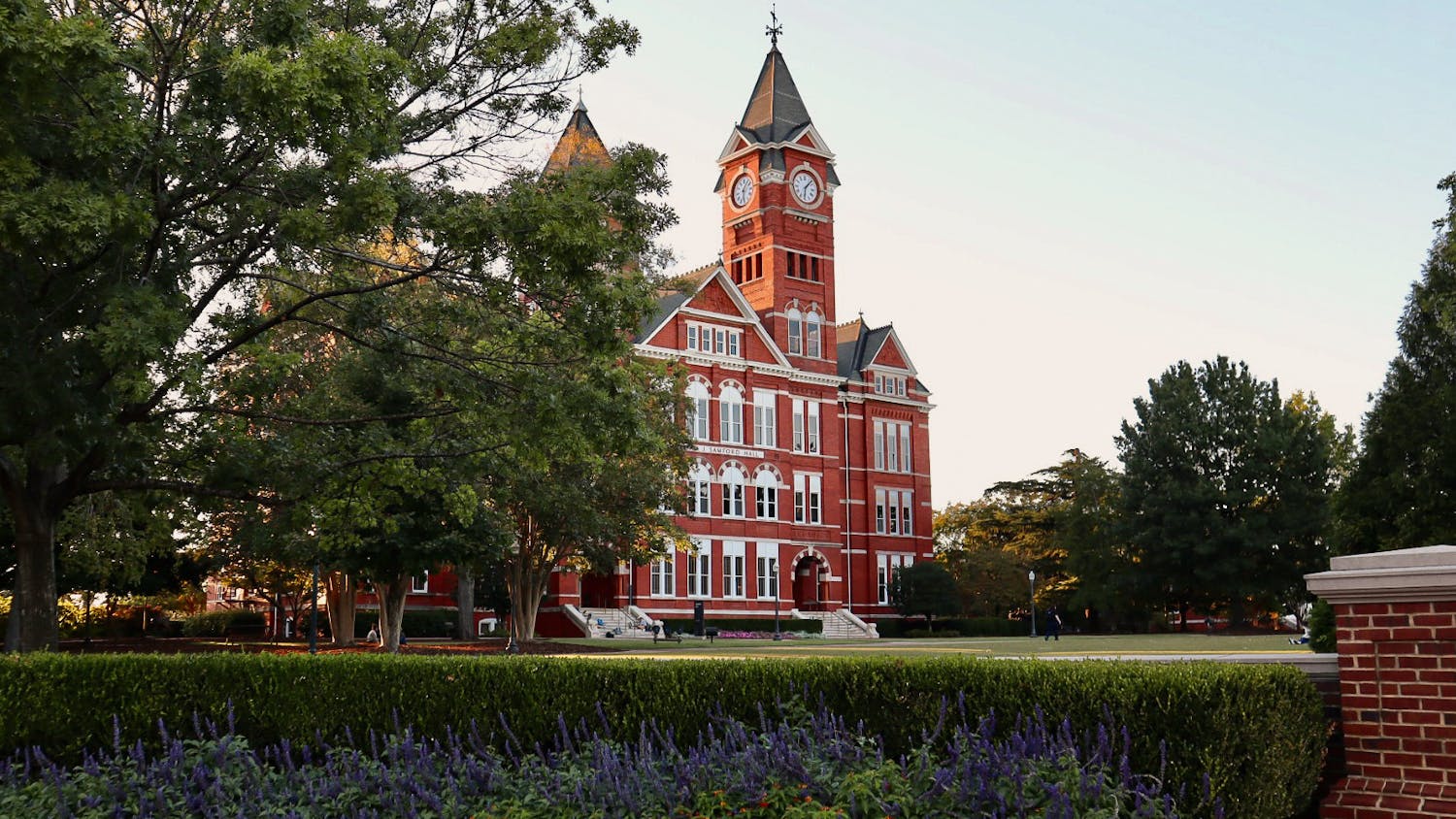The Auburn family will soon have a place in outer space.
AubieSat-1 will be launched from Vandinburg Air Force Base in Lompoc, Calif., Friday.
It is the first satellite built entirely by undergraduate students to be launched into space, and the first student-built satellite to be accepted by NASA from Alabama.
"We want to get Alabama on the map," said co-engineer and junior in wireless engineering Andrew Slaughter.
AubieSat-1 was built by more than 100 previous students and was finished by six current undergraduates in the Auburn space program.
"The program has been in the running for 10 years, but it took about four years to build," Slaughter said.
The satellite has two purposes: to communicate to Auburn students by transmitting a location beacon, and examining the decay of solar cells, the primary cells in outer space, Slaughter said.
If communication is received, the satellite will transmit "War Eagle" to confirm a successful signal.
Kyle Owen, co-engineer and sophomore in electrical and computer engineering, said he was excited about building a satellite that would eventually orbit the Earth.
"Every time the thought came across my mind and every time the cube was in my hand, the sheer thought of that is mind-boggling," Owen said.
Slaughter said the process of building the satellite was much more applicable to the real world than a school assignment.
"It was very industry like," Slaughter said. "There was definitely a lot of pressure."
Do you like this story? The Plainsman doesn't accept money from tuition or student fees, and we don't charge a subscription fee. But you can donate to support The Plainsman.





